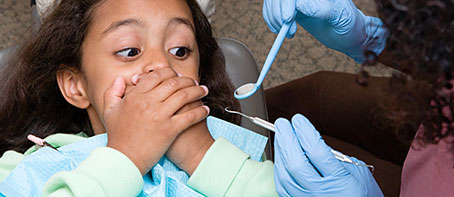

Help Your Patients to Address Dental Anxiety
The American Dental Association reports that 22% of patients are afraid of going to the dentist. While dental professionals are already well versed in dealing with patient anxiety, the current uncertain and quickly changing environment can present new challenges. These include an increase in the likelihood that anxiety will be a factor for patient decision-making regarding going to the dentist. It is important to address the fears and concerns felt by patients to help ensure that they continue to receive all necessary dental care and services. It has always been important for all dental office staff to work together to address the sources of anxiety for patients and alleviate their dental fear. Communication, empathy, and care are valuable tools to manage anxiety. The goal is to ...
Communication
Help Your Patients to Address Dental Anxiety
The American Dental Association reports that 22% of patients are afraid of going to the dentist. While dental professionals are already well versed in dealing with patient anxiety, the current uncertain and quickly changing environment can present new challenges. These include an increase in the likelihood that anxiety will be a factor for patient decision-making regarding going to the dentist. It is important to address the fears and concerns felt by patients to help ensure that they continue to receive all necessary dental care and services. It has always been important for all dental office staff to work together to address the sources of anxiety for patients and alleviate their dental fear. Communication, empathy, and care are valuable tools to manage anxiety. The goal is to convince each patient that your team is doing everything possible to keep them safe. All communication channels should be utilized to support these efforts. A great first step is to explain all new mitigation strategies that your office has implemented to keep patients safe while meeting updated State and Federal requirements, such as the disinfection of high-touch surfaces like chairs, door handles, and countertops between each patient. Be sure to include the patient's family members or anyone accompanying them when you explain new policies and procedures so that they have a chance to ask questions. Additional strategies to address patient anxiety can involve the modification of your office environment and workflow to meet the new norms of operation and safety expectations:
Whatever strategies you choose, the key is to be proactive in your approach to soothe patient fears and successfully welcome them back to your office for the dental care they need. For more information on patient communication, the ADA has created a Work Interim Guidance Toolkit to help your practice welcome back patients. |
|



